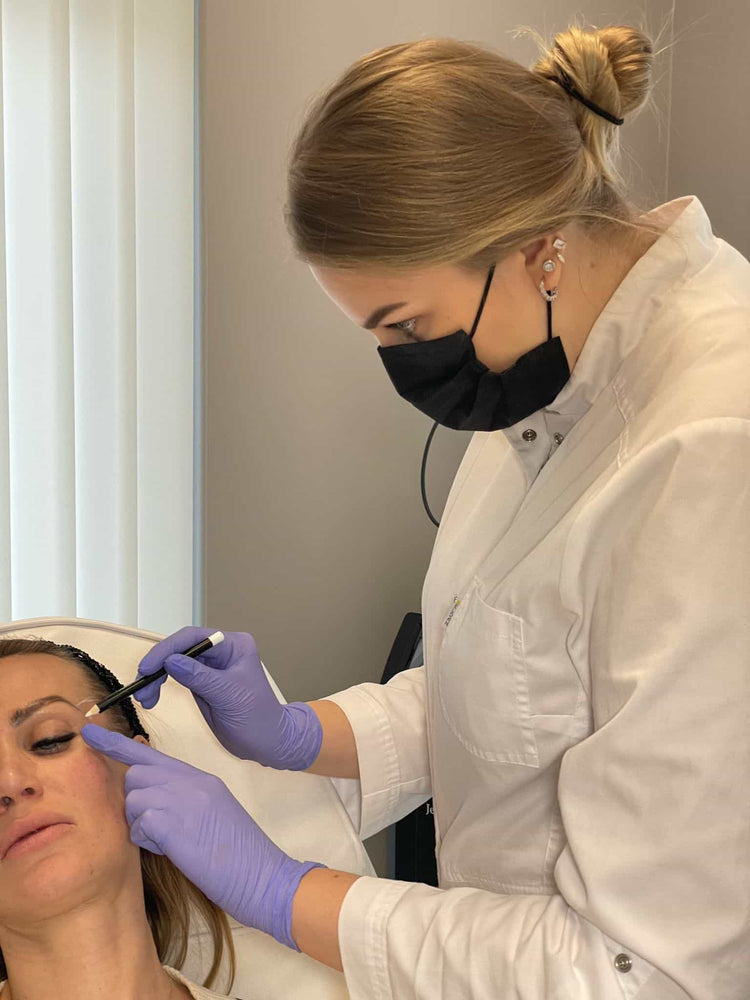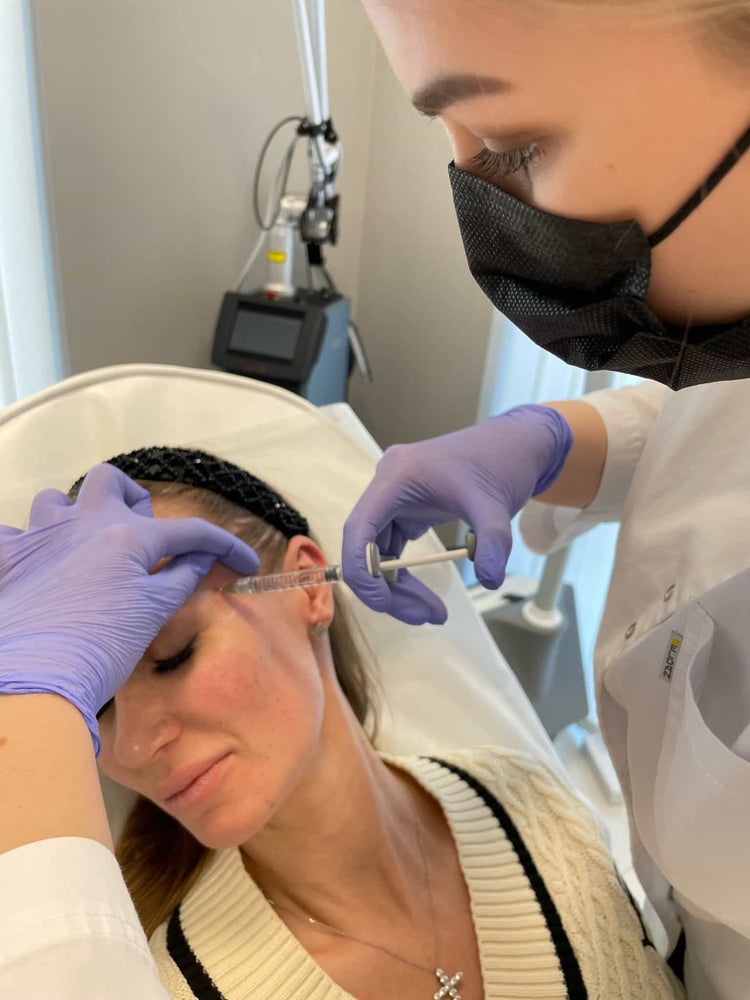Potential Side Effects
Like all medical procedures, temple filler injections carry potential side effects that individuals should be aware of. While many people experience positive results and minimal discomfort, it’s essential to understand the possible risks involved.
Bruising and Swelling
Potential side effects associated with temple fillers include bruising and swelling. These are common occurrences following any injection procedure and typically subside within a few days or weeks.
Redness and Tenderness
Redness and tenderness at the injection site are also common side effects. This is usually temporary, lasting for a few days to a week as your body heals. In some cases, individuals may experience mild discomfort or pain in the treated area, which can be managed with over-the-counter pain relievers.
It’s crucial to follow the instructions provided by your injector carefully to minimize the risk of side effects and ensure optimal results.
Asymmetry
Less common but possible side effects include asymmetry, where one side might appear fuller or more lifted than the other. This can occur due to variations in facial anatomy, injection technique, or individual healing processes.
If you notice any asymmetry after treatment, it’s important to contact your injector as soon as possible. They may recommend additional adjustments or touch-up sessions to balance the results.
Lumps and Nodules
Lumps and nodules can sometimes occur as a side effect of temple filler injections. These are typically small, firm bumps that form at or near the injection site.
They are often caused by the body’s natural reaction to foreign substances, such as the filler material. Lumps and nodules usually resolve on their own within a few weeks or months as the body absorbs the filler.

If you develop lumps or nodules after temple filler injections, it’s important to contact your injector. They may recommend massage techniques, topical creams, or in some cases, additional treatments to help dissolve the lumps and nodules.
Infection
Infection is a potential risk with any injection procedure, including temple fillers. While the risk is relatively low when performed by a qualified practitioner using sterile techniques, it’s important to be aware of the signs and symptoms of infection.
Symptoms of infection may include redness, swelling, pain, warmth, or discharge at the injection site. If you experience any of these symptoms after temple filler injections, it’s crucial to contact your injector immediately.
Prompt medical attention can help prevent the infection from worsening and ensure proper treatment.
Allergic Reactions
Potential allergic reactions can occur with temple fillers, although they are relatively uncommon. These reactions can range from mild to severe and may manifest as itching, redness, swelling, or hives at the injection site or in other areas of the body.
It’s crucial to inform your injector about any allergies you have, including allergies to medications, food, or cosmetics. If you experience any signs of an allergic reaction after temple filler injections, seek immediate medical attention.
Migration of Filler
Potential side effects associated with temple fillers include bruising and swelling. These are common occurrences following any injection procedure and typically subside within a few days or weeks.
- Redness and tenderness at the injection site are also common side effects. This is usually temporary, lasting for a few days to a week as your body heals.
- In some cases, individuals may experience mild discomfort or pain in the treated area, which can be managed with over-the-counter pain relievers.
- Less common but possible side effects include asymmetry, where one side might appear fuller or more lifted than the other. This can occur due to variations in facial anatomy, injection technique, or individual healing processes.
Lumps and nodules can sometimes occur as a side effect of temple filler injections. These are typically small, firm bumps that form at or near the injection site.
They are often caused by the body’s natural reaction to foreign substances, such as the filler material. Lumps and nodules usually resolve on their own within a few weeks or months as the body absorbs the filler.
Infection is a potential risk with any injection procedure, including temple fillers. While the risk is relatively low when performed by a qualified practitioner using sterile techniques, it’s important to be aware of the signs and symptoms of infection.
Symptoms of infection may include redness, swelling, pain, warmth, or discharge at the injection site.
Potential allergic reactions can occur with temple fillers, although they are relatively uncommon. These reactions can range from mild to severe and may manifest as itching, redness, swelling, or hives at the injection site or in other areas of the body.
Long-Term Risks

Temple filler injections, while increasingly popular for their potential to enhance facial contours, come with inherent risks that require careful consideration. Understanding these potential side effects is crucial before undergoing this procedure.
Filler Degradation
One long-term risk associated with temple fillers is filler degradation.
Over time, the hyaluronic acid in these fillers can naturally break down, leading to a gradual loss of volume and lift.
The rate of degradation varies depending on factors such as the type of filler used, individual metabolism, and lifestyle.
This means that repeated treatments may be necessary to maintain the desired results.
Scarring
Another long-term risk is the potential for scarring.
While most people experience minimal or no scarring from temple filler injections, there is a possibility of developing keloid scars or hypertrophic scars in some cases.
These types of scars are raised and thickened and can be more pronounced than normal scar tissue.
Factors that may increase the risk of scarring include having a history of keloid or hypertrophic scarring, certain skin types, and improper aftercare.
Achieve a smoother appearance with Temple Filler at It’s Me & You Clinic with Dr. Laura Geige
- Juvederm Volite Skin Booster Treatments Near Peaslake, Surrey - September 13, 2025
- How Safe Is Tear Trough Filler - August 8, 2025
- Forehead Frown Lines Treatment Near Badshot Lea, Surrey - July 3, 2025
